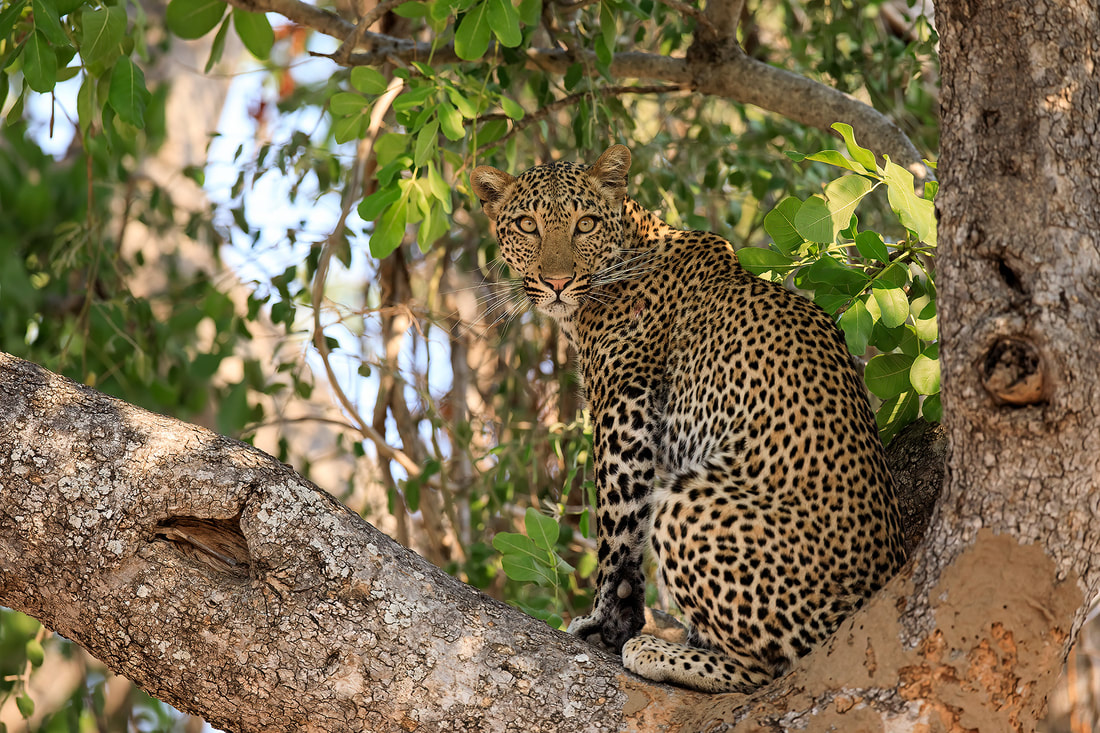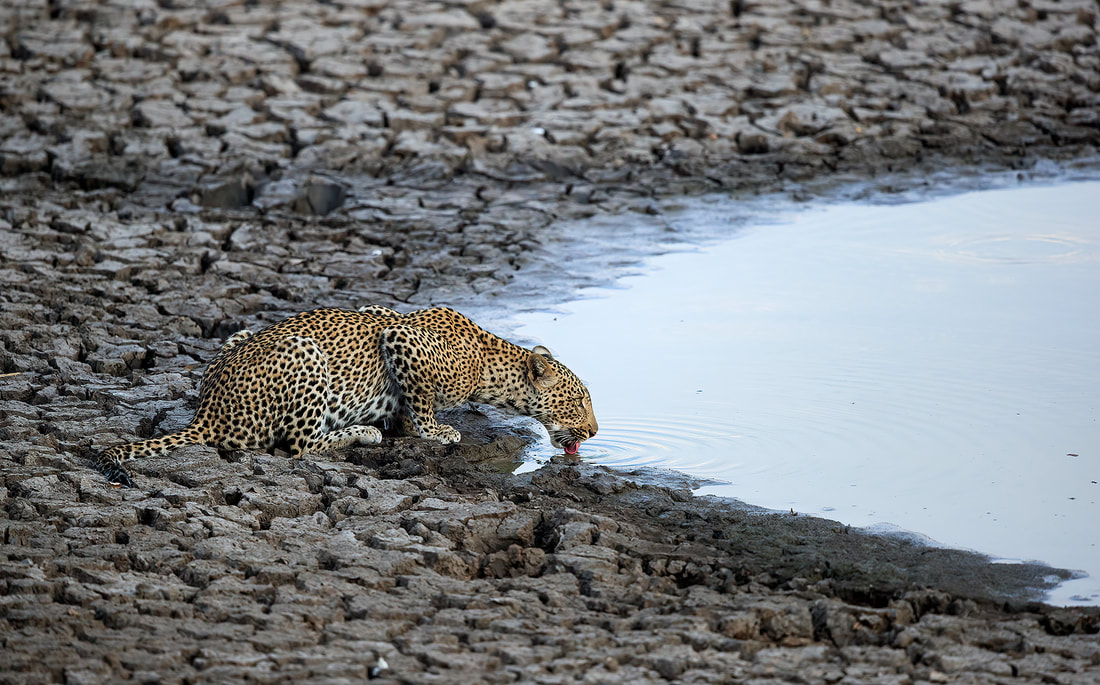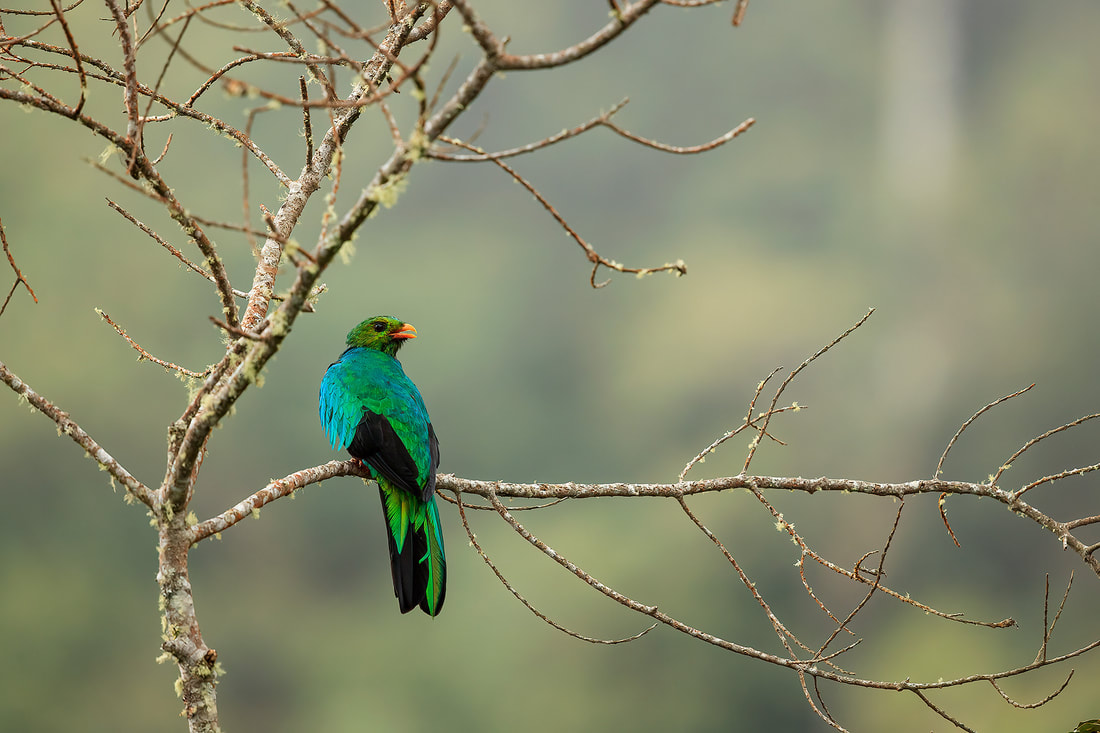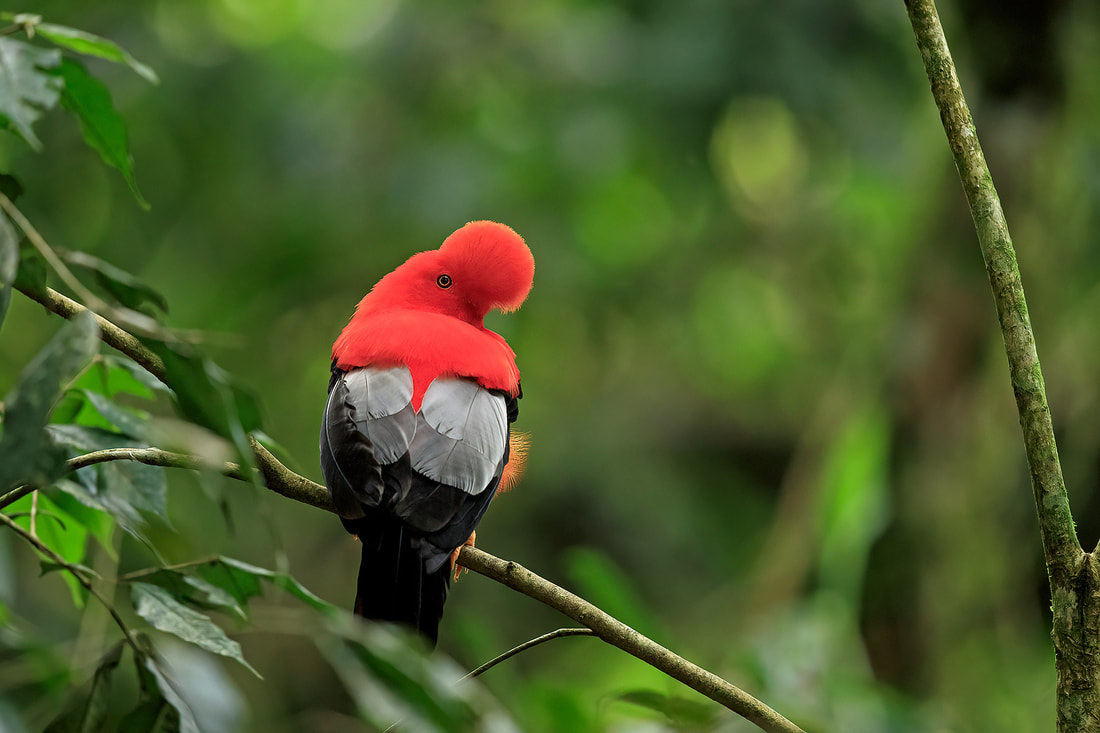|
As many of you will know, I spent a year living in Australia and absolutely fell in love with the country's magical wildlife. So when Wildlife Worldwide asked whether I would be interested in leading a dedicated photography tour there, I of course jumped at the chance. That was when Covid decided to pop its head up and the first couple of departures were postponed for 2 whole years. Finally, in December 2022, I was given the chance to take the helm for our very first departure. We started our adventures in the city of Melbourne and soon headed towards the city of Geelong and the You Yangs. Here we joined local naturalist and koala expert Roger, who we hoped would find us this arboreal member of the marsupial family. We were in luck. We then headed into the city of Geelong as we went to visit the colony of grey-headed flying foxes that call the mature trees home. It was here that we were also treated to some incredible views of eastern rosella. This colourful species of parrot are usually shy and rarely pose like this individual felt compelled to do. The next day, we headed to the nearby Serendip Sanctuary to photograph the resident eastern grey kangaroos and a wealth of other species that call this area home. It was a great first couple of days getting back in the swing of things with Australian wildlife. I absolutely love being with macropods (the family of marsupials to which kangaroos belong) and getting so close to such a big mob was absolutely fantastic. With a great couple of days behind us, it was time to return to Melbourne for a night before our flight across the Bass Strait and on to Tasmania. We started our stay in Tasmania by exploring the area's northern wilderness regions. Here the group enjoyed some wonderful views and photography of some truly iconic Australian species, including wombat, echidna and Bennett's wallaby. Finally, after a magical couple of weeks down under, we headed south to Bruny Island. The undoubted highlight here was the chance to see and photograph the diminutive, but critically endangered forty-spotted pardalote. It wouldn't be long before I would be back on Australian soil, hoping to photograph more wildlife in Victoria and Tasmania
0 Comments
Those of you that have been following my blog for a while will understand just what Zambia means to me. Many years ago I was privileged enough to work in South Luangwa National Park and it stole a piece of my heart. With that in mind, it was an absolute delight to venture back to one of my favourite haunts and lead another dedicated photography tour for Wildlife Worldwide on their South Luangwa Photo Safari. The trip was incredibly successful and we were able to capture some truly remarkable moments. Rather than rabbit on too much, I will just jump straight to the images. Starting with some birds ... As you can see, South Luangwa is an exceptional destination to photograph birds. However, the birdlife wasn't the primary focus for most of our group. The majority of people that join me on safari here are after the park's iconic mammals such as leopard, lion, elephant and African wild dog. There is of course a wide array of species that call the park home, including plenty of herbivores. And now for the species you really wanted to see ... We were treated to some incredible encounters with African wild dogs throughout the safari. The afternoons were particularly fruitful as the dogs were choosing to rest on the sandy banks along the Luangwa River. As well as intimate portraits, we were able to capture some wonderful environmental scenes. For many, the main reason for coming to South Luangwa National Park is for leopard. For many years now, the park has gained a reputation as one of the best places in Africa to see leopard and we have were fortunate to have numerous encounters with a couple of different individuals. However, it was one evening where we heard baboon alarm calls that we were treated to a truly exceptional encounter. As you can see, we positioned the vehicle in such a way to maximise the photography opportunities for the clients, all the while ensuring that the leopard wasn't disturbed by our presence. Working closely with my guide, and good friend Bwalya, we ascertained that she was likely to visit the drying lagoon for a drink and parked just along the pathway she was most likely to take. Our plan came to fruition and she walked within only a couple of metres from the vehicle, looking past us before continuing down towards the water. It isn't often that everything comes together perfectly, but when it does you are left with a sense of pure joy. It was an encounter that will live long in the memory and I can't wait to head back to Zambia again later this year leading for Wildlife Worldwide.
Where do I begin? Well, firstly I must say that I have been utterly useless in keeping the blog up to date. An awful lot has happened in the past 4-5 months, including moving house to the Scottish Highlands, leadings tours left right and centre and of course, photographing the world's magnificent wildlife. Anyway, enough about that, it is finally time to finish off sharing my imagery from Colombia. Enjoy! To start with, I am sharing a few images of the charming Chami and chestnut-naped antpittas. These charming little birds have been habituated above the historic town of Jardin in the western Andes of Colombia. Both birds were the perfect posers and we were able to enjoy some fabulous photography. After spending around an hour in the cloud forest photographing these magnificent birds, we descended down to the road which gave us another incredibly special species, the yellow-eared parrot. Here it sat atop of the most magical perch, the only downside was the rogue tendril beneath this beautiful bird. We then continued further along the road, spending the morning in the surrounds of a local garden. This lovely garden, perched on a hill-top with spectacular views of the cloud forest above and farmland below, was a haven for countless species. The highlight was undoubtedly having fantastic views of the golden-headed quetzal. As well as exploring above the town of Jardin, we were able to visit the Andean cock-of-the-rock lek situated on the river that runs along the town's edge. It is possible to find up to 20 different males showing off as they try to attract a mate. Making an awful racket, they do their best to show off their magnificent plumage. This really is a spectacle and the photography opportunities are exceptional too. With time nearly running out on this bird photography extravaganza, we had one last day out in the field trying to find yet another endemic species. This time, we were in Parque Nacional Natural Sumapaz and our target bird was the green-bearded helmetcrest. The weather had taken a turn for the worst at this high-altitude paramo habitat, and so we searched for this diminutive species of hummingbird in the freezing rain and strong winds. We really struggled to find any adults in their finest plumage, but were instead spoiled with exceptional views of a pair of fledglings. This was arguably even more special than seeing an adult as these youngsters are rarely seen.
|
AuthorBret Charman Archives
July 2024
Categories
All
|
































